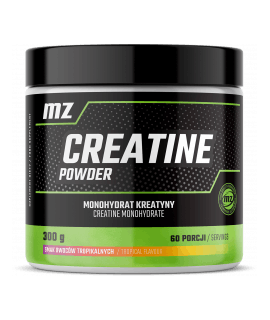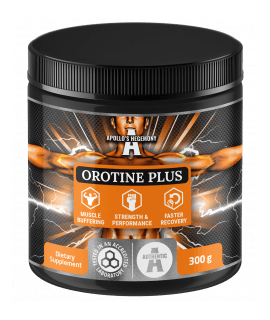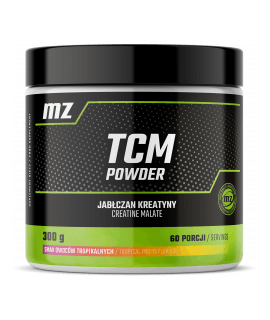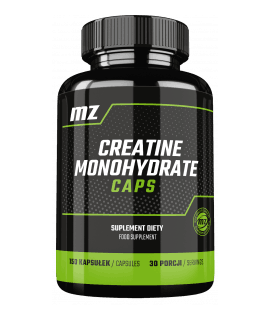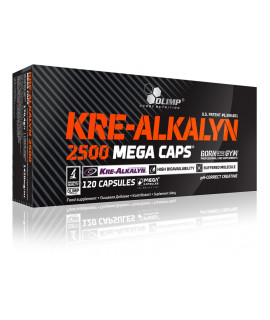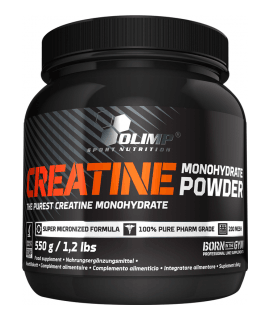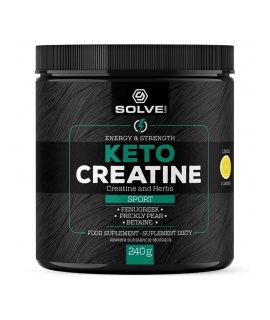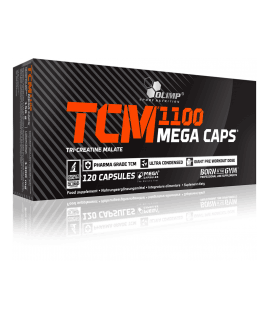Creatine is the most popular and effective supplement which promotes muscle growth worldwide. Its anabolic effects were confirmed by many clinical studies. It is synthesised in the body from the amino acids: L-arginine, glycine and L-methionine. It is most abundant in tissues with high energy requirements – muscle and nervous tissue.
Benefits of supplementing with this tripeptide depend on its form used in the formulation, but they have a common denominator. High intracellular creatine levels are critical to provide quickly metabolic energy. Creatine is primarily a store of high-energy phosphate groups, used for ATP resynthesis. What is more, it is reported to help block the activity of myostatin – a protein which is a physiological inhibitor of muscle growth.
It is worth emphasising the role of creatine in post-workout recovery. Owing to its buffering properties, it counteracts the harmful effects of lactic acid. What is more, it inhibits glycogen breakdown, maintaining glucose levels. This leads to a reduction in fatigue and helps you exercise longer.
In addition, creatine may be used in clinical treatment for heart diseases, Alzheimer’s disease (to lower homocysteine levels), immunodeficiency (glutathione synthesis) and cognitive impairment.
